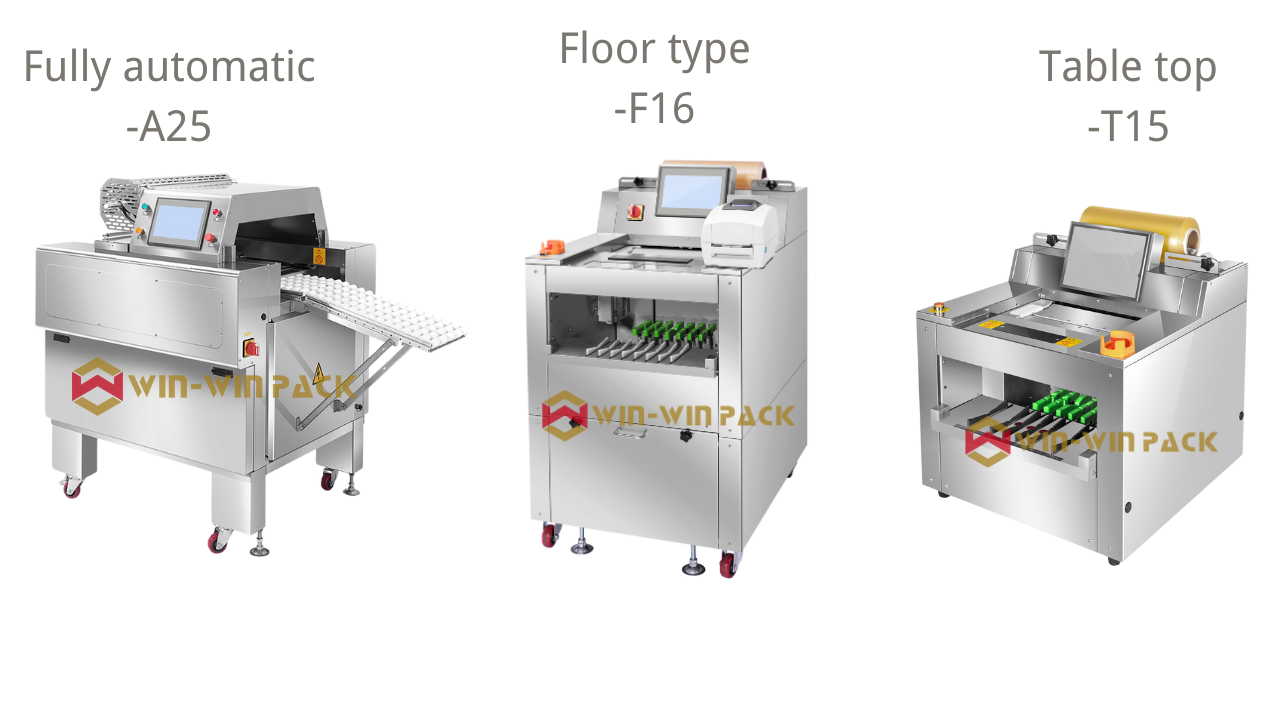The main differences between fully automatic and semi-automatic food packaging machine
2024-04-03
The main differences between fully automatic and semi-automatic food packaging machines lie in their level of automation and operational methods. Here are the key distinctions:
1. **Fully Automatic Food Packaging Machine**:
- **High Automation**: Fully automatic food packaging machines can complete the entire packaging process without human intervention, including material supply, measuring, filling, sealing, labeling, and other operations.
- **High Efficiency**: Due to the lack of human intervention, fully automatic food packaging machines typically have high packaging speeds and production efficiency.
- **Higher Cost**: Fully automatic food packaging machines usually require a higher investment cost, but they can reduce labor costs and improve production efficiency in the long run.

2. **Semi-Automatic Food Packaging Machine**:
- **Requires Human Intervention**: Semi-automatic food packaging machines require human intervention during the packaging process, such as manually placing products, starting equipment, and observing the packaging process.
- **Lower Automation Level**: While semi-automatic food packaging machines may have some automated functions, such as filling or sealing, they still require manual operation to assist in completing the packaging process.
- **Suitable for Small Batch Production**: Due to their relatively simple operation, semi-automatic food packaging machines are typically suitable for small batch production or scenarios where production line flexibility is required.
- **Lower Cost**: Compared to fully automatic food packaging machines, semi-automatic food packaging machines usually have lower investment costs, although they may incur higher labor costs in the long run.
In summary, the choice between fully automatic and semi-automatic food packaging machines depends on factors such as production scale, automation requirements, budget, and flexibility requirements of the production line.